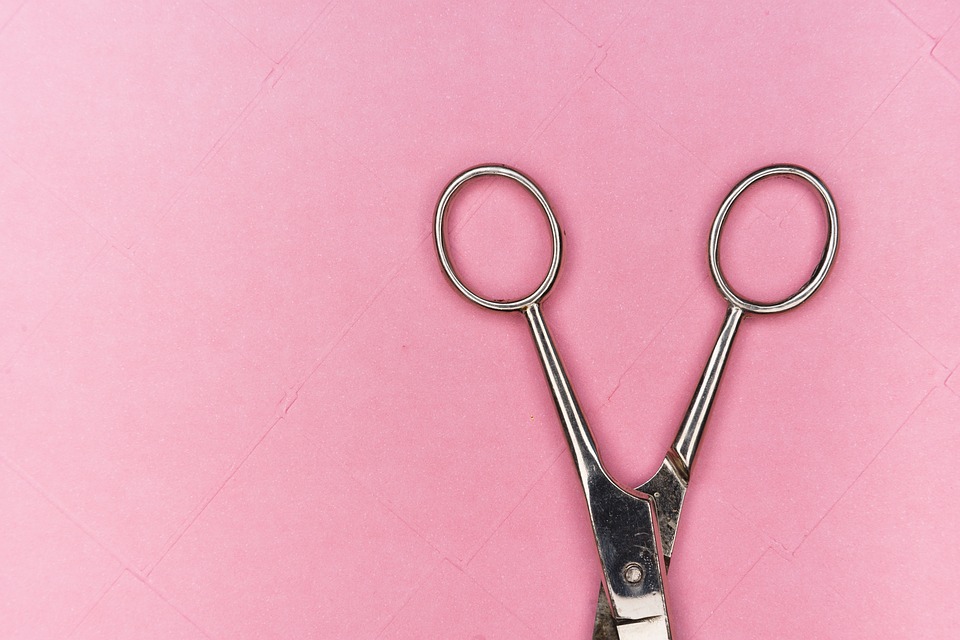[ad_1]
SCAMPER is one of my favorite creativity tools. It is easy to understand and implement, and yet may be quite powerful and productive.
It was developed by Bob Eberle, based on the ideas of Alex Osborn, the originator of classical brainstorming.
SCAMPER is an acronym – with each letter representing a different manipulation or question that may be applied to an object, product, service or process in order to generate innovative variations.
SCAMPER tools are best used with a “Function follows Form” approach. This means that you first manipulate the Form and create variations on the subject, without considering the Function these ideas will serve. Thus, some of the ideas produced by SCAMPER will seem strange at first – and then you have to figure out what they are good for – and whether that function is worth developing.
Here is a short description of how these creativity tools may be applied, with some examples to make things clearer:
-
Substitute:
Ask yourself what parts of the product, service or process may be replaced by other things.
This may include components, objects, materials the product is made of, people and roles involved in a process, etc.Example: use children instead of adults to greet your restaurant guests.
-
Combine:
Look for ways to assemble together things which are separate, to integrate steps and operations.Example: when technicians make house service visits – have them suggest upgrades or special offers to clients (e.g. Combine Technician and Sales-person).
-
Adapt/Adjust:
Make the product or service or part of it better suited to its environment or to things that come in contact with it, or to a specific group of clients.Example: a real working telephone for children – smaller grip, funny ring, colorful design.
-
Modify:
Change the properties of the product or service to make it larger, smaller, of different colors, tastes, etc.Example: art pieces of very small size, that must be viewed with a magnifying glass.
-
Put to other use:
Find other uses for the product or service, that are different from the original intention.Example: a pencil or a pen may also be used as a ruler if measures are drawn on its sides.
-
Eliminate:
Remove a major function or component of the product or service.
This may seem strange at first – as we are tempted to offer ever more features to products.
However – often it may lead to innovative, simple and unexpected products that are high in demand.Examples: shoes that have no color – “see-through” shoes; A product that has no fixed price – the client chooses how much they wish to pay after using it for a trial period.
-
Rearrange or Reverse:
Change the order of operation, turn things upside down, or arrange the components in a new order.Example: an online version of a book in which the chapters are arranged in random order, not like the original printed version.
Go ahead – start using these Creativity Tools to generate your own creative ideas.
[ad_2]
Source by Amir Elion


